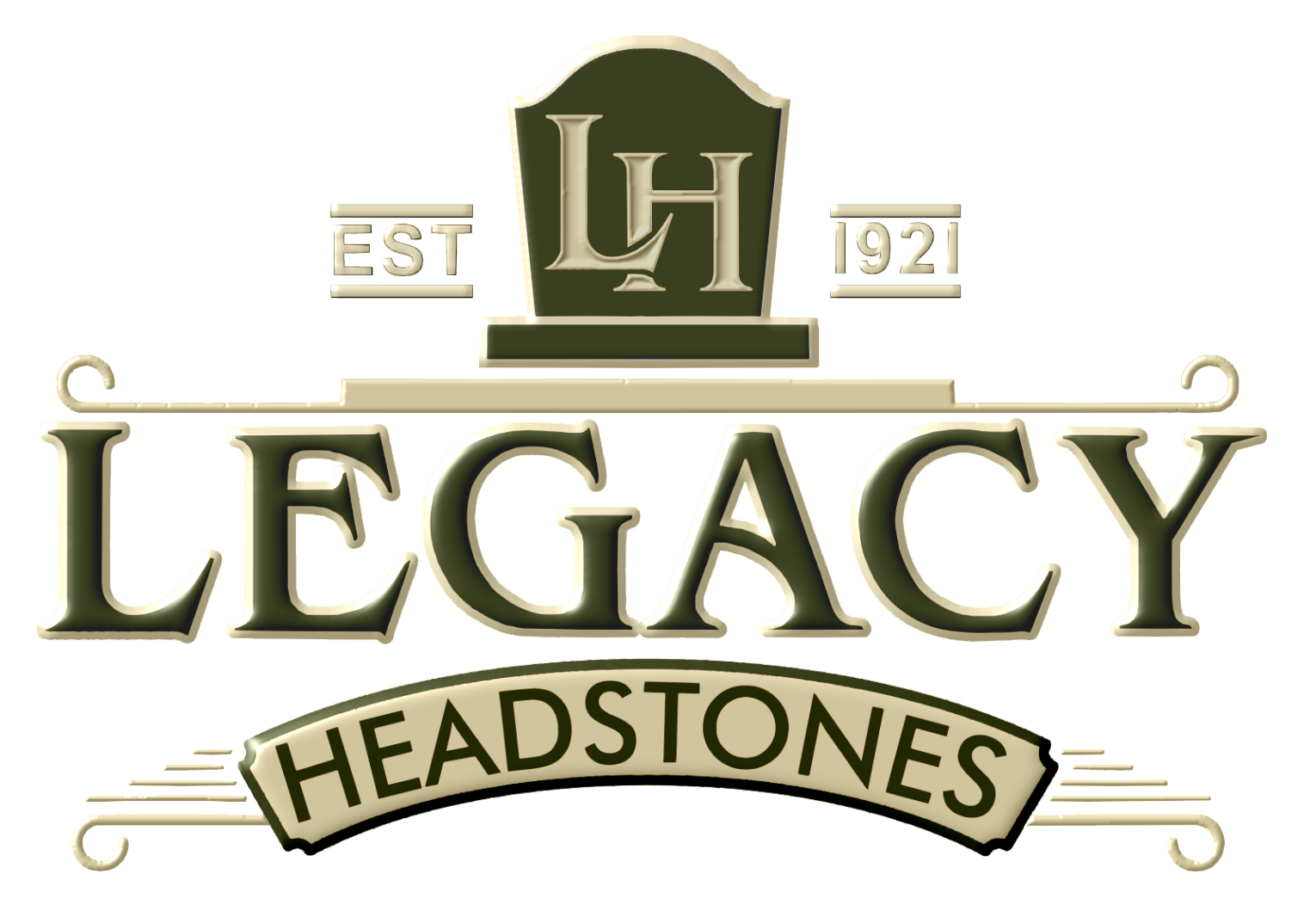Have you been tasked with designing the headstone of a loved one who has recently passed away? Personalizing a memorial might seem simple to some people, but others may find it difficult because they don’t know where to begin. There are many ways to encapsulate the passions or personality quirks of the deceased, but advances in technology have even made it possible to preserve the physical memory of someone. Stonemasons employ machine-assisted technology to carefully etch designs into bronze, granite, and other materials. As a result, consumers like you have the option of adding full-color photographs, symbols, icons, and other types of artwork. In this guide, we provide a general overview of gravestone imagery to provide you with inspiration.
Beginner’s Guide to Gravestone Imagery
We compiled a list of some of the most iconic images found on headstones, tombstones, and other monuments. By understanding the relevance behind some of the most common memorial images, we hope that you will make a more confident decision
Angel: The symbolic agents of God and spirituality, often depicted pointing towards heaven in all types of poses. Two of the prevalent angels can be identified by the objects they carry: Michael and his sword or Gabriel and his horn.
Arches: You can find arches in almost every cemetery, but arches have also been used as artwork on headstones to represent victory in life or death and the door to salvation.
Cross: There are many kinds of crosses you can use to embellish the memorial of a loved one. The cross represents the crucifix in the Christian faith, but crosses are also important to Celtic, Greek, and Latin traditions.
Hands: Each depiction of hands has its own unique meaning or message. Clasped hands are believed to symbolize partnership or unity in life and death. Downward hands are used to symbolize mortality or sudden death, whilst hands that point upward are used to symbolize ascension and heavenly reward. Hands clutched in prayer are often used to imply pious devotion. Hands can also be used to connote professional aspirations and achievements.
Heart: The heart has long been used as the image of love, mortality, courage, and intelligence. If the heart appears to be bleeding or encircled with thorns, the image represents Christ’s suffering for our sins. If the heart looks like it’s aflame, the deceased likely lived with an extreme religious passion.
Lamb: Of all animal imagery, the lamb is the most common symbol found on the gravestones of children, because it is a symbol of purity and innocence as epitomized by Christ’s sacrificial role and sense of humility.
Stars: Because they beat the overwhelming odds of oblivion, stars are popularly used to represent the spirit. Stars also come in a wide variety of designs. Five-pointed pentagram stars are believed to provide protection against evil, making them a favorite icon among modern-day Wiccans. The six-pointed Star of David is a symbol of Judaism that signifies divine protection.
Urns: The urn is one of the most ubiquitous images used on graves. When shrouded, the urn is thought to symbolize death and immortality. When etched with flame, the urn represents undying friendship. Cremation also played a large role throughout the classical times, when it was more common than burial.
Designing and personalizing the final resting place of a loved one can be difficult, but Legacy Headstones is here to help. Now that you know a little more about the most popular forms of gravestone imagery, we hope that this article has inspired you to personalize your loved one’s grave with imagery that represents his or her passions. If you have any questions about imagery or would like to learn more about customizing a headstone, please contact us today to speak with a member of our courteous and experienced staff.

